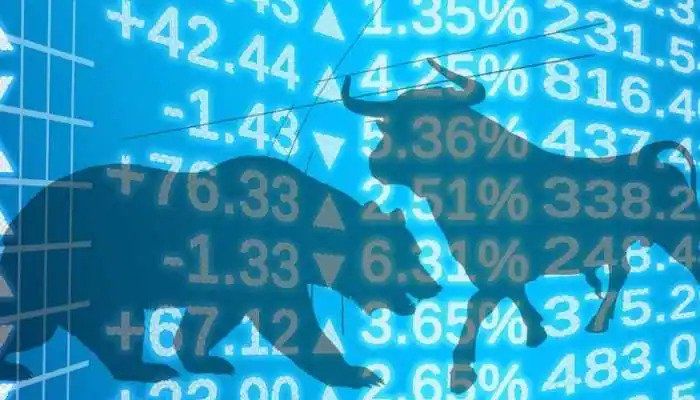One of the most prominent types of trading in the stock market are intraday trading and swing trading.

New Delhi: Trading has always been exciting and rewarding for many. But it also involves significant risks. It always seems highly lucrative to people who don’t know the actual insights of the world of trading. A lot more lies in trading than just buying and selling stocks in a short time.
There is a famous saying that cultivating discipline is vital for consistent and profitable trading. It is a matter of getting the law of averages to work. Talking exclusively to India.com, Sooraj Singh Gurjar, founder and MD, Get Together Finance (GTF), said that trading requires a high level of discipline as it is never about making money in a span of minutes or hours, instead, but sometimes the range of trade expands to a week or even months.
One of the most prominent types of trading in the stock market are intraday trading and swing trading. Though both involve a similar type of analysis, the perception the trader holds for looking into the market is different in both types of trading.
In intraday trading, the trader aims to make money in daily price movements and by studying the sudden volatility of the stock. Whereas, in swing trading, the trader aims to find the short price movement in the stock that can take up to weeks or months to come. “Both are rewarding in different ways, but undeniably both require patience and resilience from the trader in terms of learning,” Sooraj said.
Difference between Intraday and Swing Trading
Intraday: Simply, this trade lasts for a few hours or a maximum of one trading session. A trader takes a position with the aim of making money till the end of the market session. It is similar to the sprint but on the race track of the stock market.
Here, the trader does not look at the market with the perspective of long-term gains. Instead, the aims is to find the direction in which the market or the stock is going on a particular day.
“Undeniably, intraday is one of the riskiest forms of trading. The reason behind this is that it obliges the trader to exit their positions before the end of trading sessions. Therefore, the trader needs to be highly accurate in their study of market or stock direction. Otherwise, there are high chances they can end up losing their hard-earned money,” Sooraj explained.
Swing: It is a type of trading that extends its range from weeks to months. There is no obligation for the trader to exit the position within one trading session. “Swing trading also involves catching and utilising the sudden price movements of the market but on a wider and longer time frame,” he said, adding that a swing trader always studies the market with a bit of a long-term perspective. They possess great patience in their trade and sudden or day-to-day market volatility does not affect their trade.
In swing trading, Sooraj said that traders always aim for higher gains compared to intraday traders. This is because of the time frame. “Swing traders have a longer time frame to execute their trade. They aim to make money by enjoying a great percentage of price movements,” he added.
